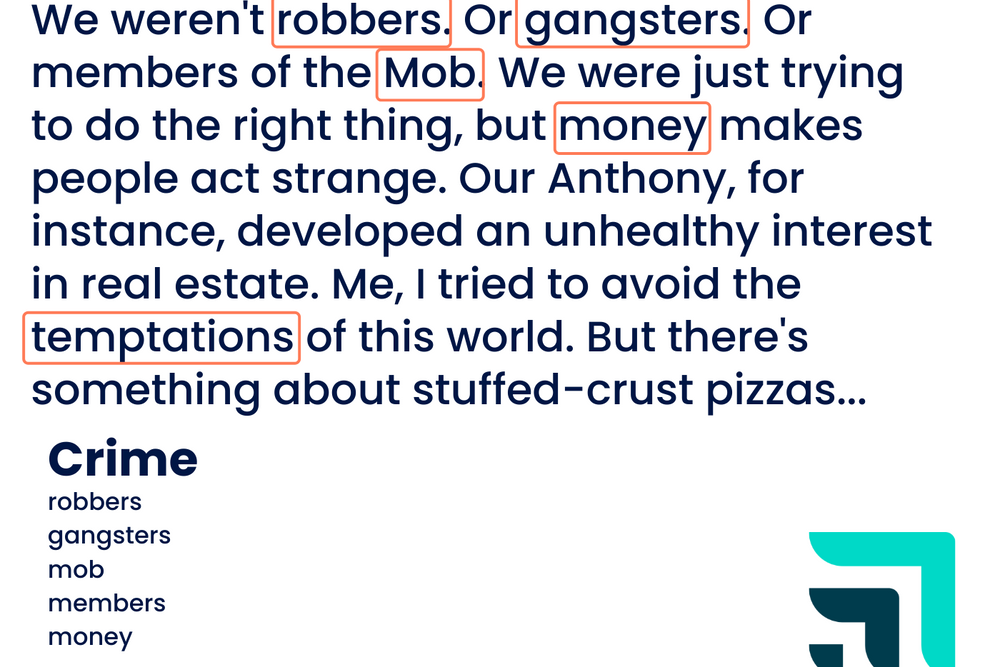Despite a carefully planned lesson and a range of engaging reading strategies, your learners are still struggling to understand the text you’re reading together. Sometimes it will become clear that your choice of texts maybe wasn’t the best, but most of the time, you just need a way in.
Helping learners to find that way into text can be a challenge for teachers. This literacy strategy, semantic spotlighting, requires learners to isolate vocabulary in order to better understand it and then categorise it in terms of its semantic links. It sounds complicated but it’s really rather straightforward.
Semantic spotlighting
1. Instruct your learners about what type of words to look for
Here’s how to use it using the wonderful ‘Millions’ as an example:

In this example, learners first identify the nouns in this text.
2. Categorise vocabulary into groups
You may notice that the nouns in the image above are all related to the subject of crime. Essentially what they are doing here is identifying the semantic fields. You may have to provide categories if some learners are struggling, but learners should be encouraged to categorise the vocabulary independently at first.
The categories that learners could create are limitless, but try to encourage learners to justify their choices. For example, the extract above has generated the semantic field of crime, but it could also identify a semantic field of life: eg. pizza, people, money, real estate.
3. Ask questions about the categories
By asking very specific questions about the vocabulary, you are encouraging learners to delve more deeply in to the text. This process should crystallise learners ’ understanding of the whole text. Questions such as:
- Which categories are positive and which are negative?
- How do the words in category X make you feel? What do they remind you of?
- Why do you think the writer chose these words?
- Is there a relationship between the different categories?
- What’s your favourite word and why?
- What do you think the writer wants you to think/feel at this moment?
- Which semantic field best helps you to understand the text and why?
Once you’ve modelled this process with the class, asks groups of learners to interrogate each other’s choices.
Next steps
You may wish for your learners to do a small piece of writing to consolidate their ideas. This technique is particularly useful for improving language analysis. I used this strategy with a KS4 class in order to scaffold some writing about the semantic fields in poetry - it turned quite an abstract concept into an idea that they could analyse with confidence.
Alternatively, you could look at the words that learners have pulled out from the text in more depth. Try playing some of these vocabulary games with the harder words; it’s a sure fire way of making them stick!
Whatever you choose, be mindful of the fact that this strategy is intended to improve reading comprehension and increase learners’ interest, so diving into the reading is often the best choice.
Another fantastic way to tackle vocabulary in specific texts is through Bedrock Mapper. Find out if your set texts have already been mapped with Bedrock-verified content.




